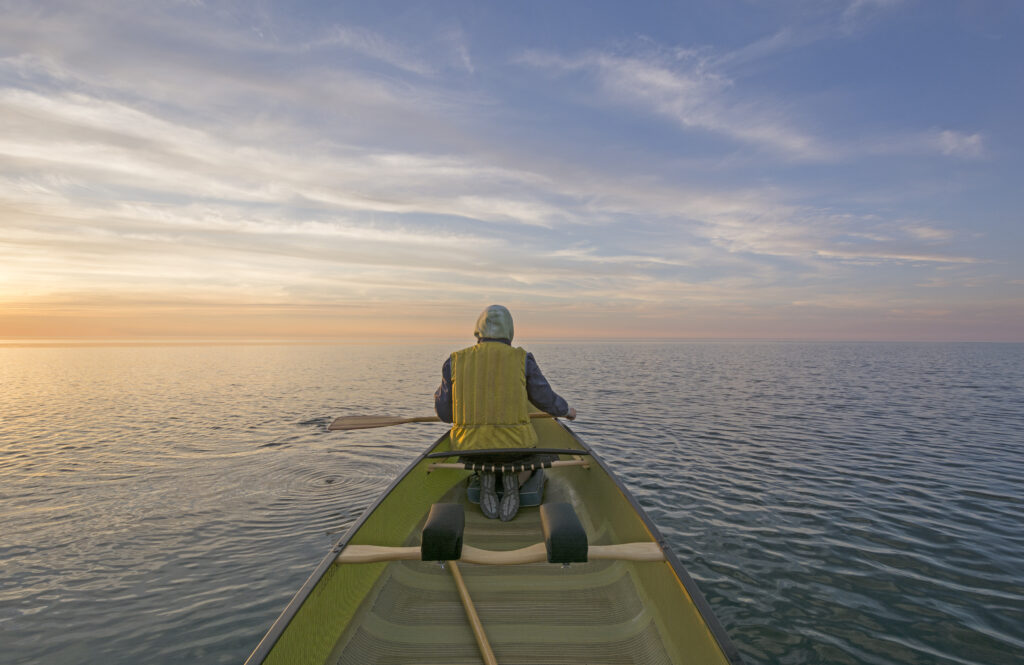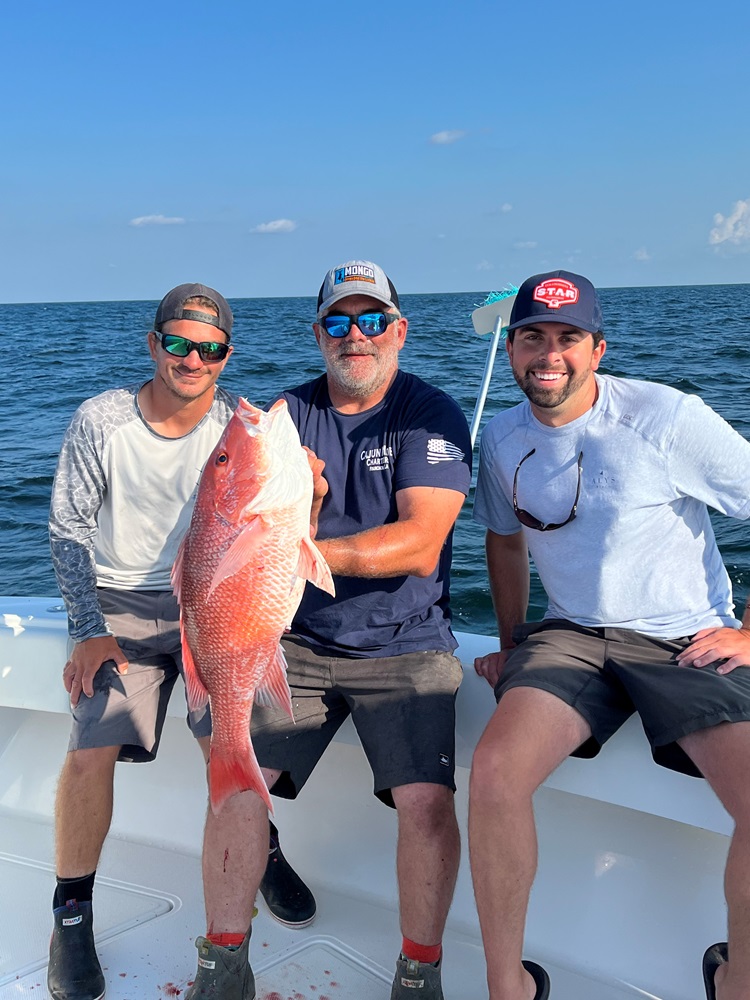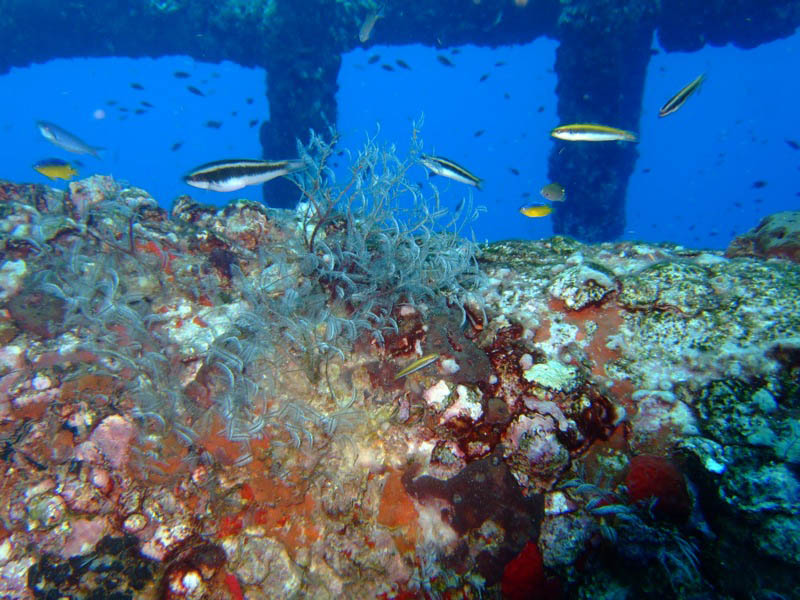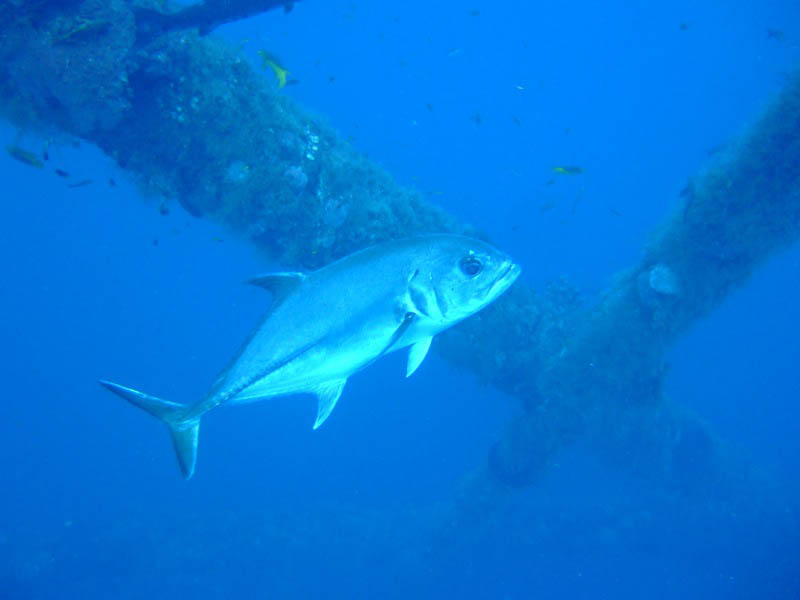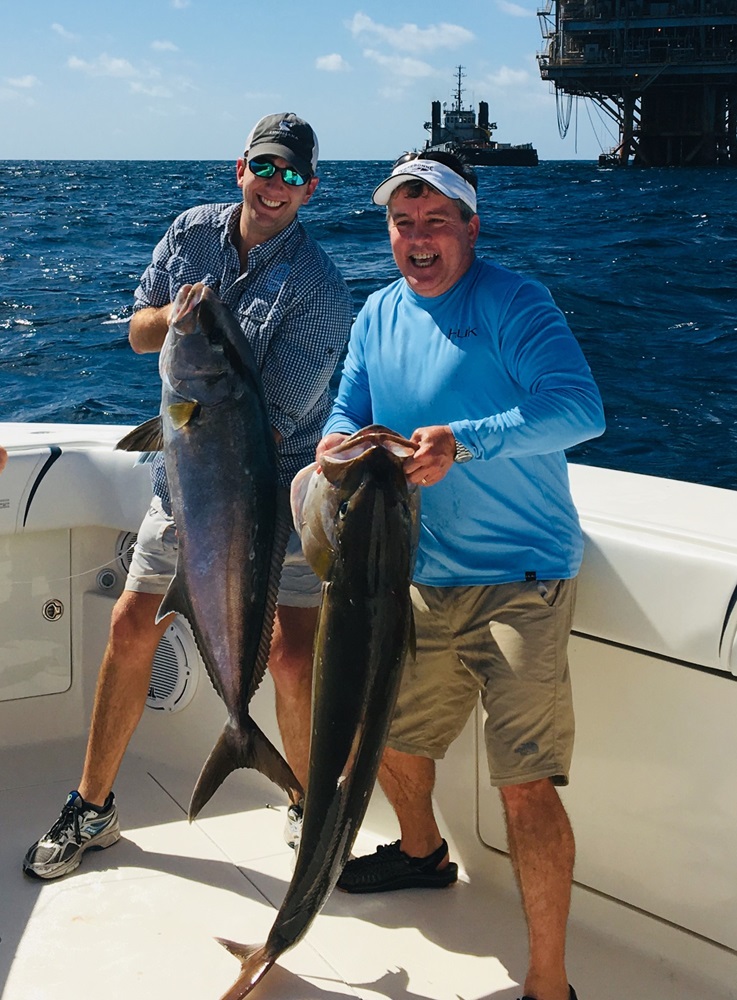Hunter & Angler Insights to Public Land Access in the Cowboy State
Wyoming boasts renowned expanses of public land, however, some of this public land remains difficult to access or is completely inaccessible. The Theodore Roosevelt Conservation Partnership recently explored Wyoming’s public land access debate by conducting an access survey of resident sportsmen and women. Our goal was not only to identify the current sentiments surrounding public land access, but also to foster a deeper connection with Wyoming’s outdoor enthusiasts.
The survey was distributed to Wyoming residents in-person at six public land access listening sessions hosted throughout the state, as well as digitally through social media and TRCP membership emails in November and December of 2023.
Results
At the campaign’s conclusion in December 2023, a total of 960 Wyoming residents completed the survey. The survey results highlighted a desire among Wyoming’s outdoor enthusiasts to enhance public land access. In fact, 73% of respondents, including both public and private land users, believe there should be more public access in the places where they currently hunt, fish, or recreate.
Other findings include:
- 76% of respondents support voluntary land acquisitions by federal land management agencies from private landowners.
- 88% of respondents support state purchases of small parcels of land from willing private landowners to unlock access to larger parcels of inaccessible public land.
- 82% of respondents support acquisition of voluntary access easements across private land by federal land management agencies to create new public roads that open access to inaccessible public lands.
- 85% support state legislation that clarifies and facilitates public access to corner locked public lands while respecting private property rights.
- 91% of respondents support voluntary agreements between state agencies and private landowners that expand public access to inaccessible public land and private land such as access easements, walk-in areas, and Hunter Management Areas.
- 92% of respondents support consistent and thorough mapping software to show public access available to state and federal land through existing state-held access easements.
Through the survey and listening sessions, TRCP heard that collaboration will be necessary for solving public land access issues facing Wyoming. Collaboration between state and federal land management agencies can help minimize mapping discrepancies and fill the gap in digital access information. In addition, collaboration between public land recreators and private landowners resonated with many attendees, as surveyed landowners are willing to work with hunters and anglers on access issues. Wyoming’s private landowners understand how important their role is for healthy wildlife populations by providing habitat and refuge, but they also support sound wildlife management practices like hunting and fishing. They desire responsible management of resources and respect for their land and personal property. Finding common ground is an important step in taking care of the public land we all love. It’s the Wyoming way.
What’s Next
The TRCP looks to elected leaders to keep Wyoming sportspeople in mind this coming legislative session. Hardworking Wyoming residents value public land, open spaces, and robust wildlife herds. We urge lawmakers to represent Wyoming values by protecting current access to public land and looking for opportunities to increase ease of public access that is beneficial to all stakeholders.
In the meantime, conservation organizations including the TRCP will take steps to help hunters and anglers advocate for increased public land access by keeping constituents informed of relevant news, offering ways for the public to get involved, and advocating on behalf of public land hunters and anglers. Read more about TRCP’s work to expand public access HERE.
For an in-depth look at the survey findings, be sure to check out our PDF companion. This comprehensive resource offers a detailed breakdown of Wyoming’s public land access sentiments and provides insights into the perspectives of hunters and anglers within the state.
Photo credit: Josh Metten

